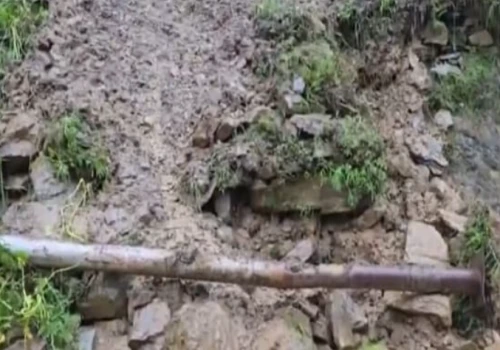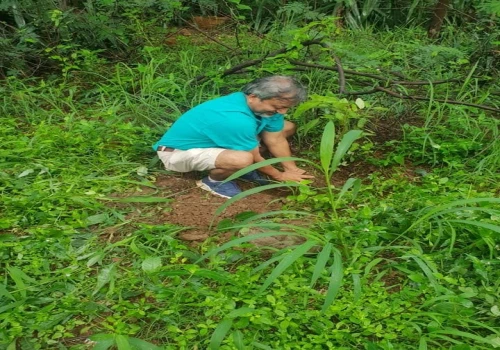
The Taj Mahal, along with many iconic heritage sites worldwide, faces rising threats from flooding, soil erosion, and water-related climate impacts that could jeopardize their structure and cultural value.
According to a recent global report, many World Heritage Sites—recognized by UNESCO for their outstanding universal value—are vulnerable to climate-induced water hazards. The Taj Mahal, India’s architectural jewel and one of the Seven Wonders of the World, has shown signs of foundation stress due to groundwater depletion and riverbank erosion from the Yamuna River.
Other global landmarks such as Venice, Machu Picchu, and the Historic Centre of Brugge are similarly facing threats from increased rainfall, flooding, and fluctuating water levels. The report highlights that over 1,000 heritage sites are exposed to some level of water-related danger, primarily due to climate change and unchecked urban development.
In the case of the Taj Mahal, experts note that not only is groundwater extraction impacting the wooden foundation’s integrity, but river pollution and altered water flow patterns are accelerating the deterioration of surrounding structures. Despite conservation efforts, the monument’s future remains uncertain unless proactive climate adaptation and water management strategies are adopted.
Heritage conservation bodies are now urging governments and international institutions to increase funding, research, and on-ground action plans to mitigate water threats. Public awareness and sustainable tourism practices are also essential in preserving these cultural legacies for future generations.








